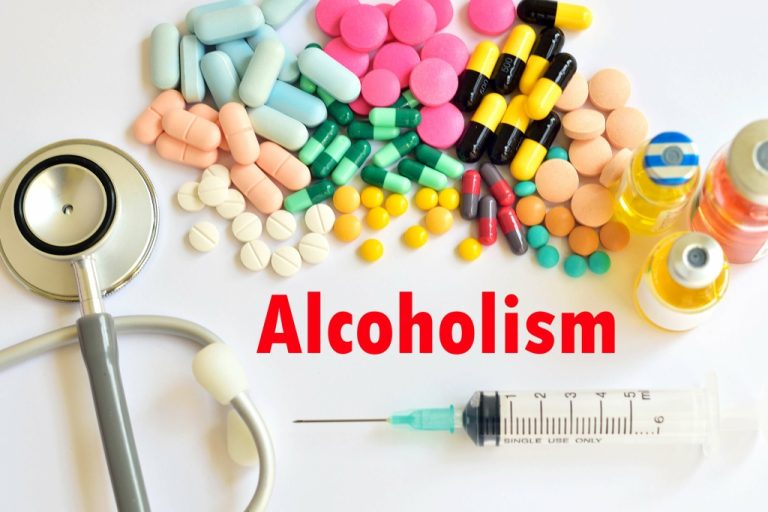To maximize generalization of findings, very few exclusion criteria were used and very few residents declined to participate. Secondary outcomes included measures of legal, employment, medical, psychiatric and family problems. Others, such as the Addiction Severity Index, assessed shorter time periods of 30 days or less. Individuals usually need to be in recovery and drug- and alcohol-free to qualify for admission to a sober living home. The process often includes an interview and signing a contract to follow the house https://197na.com/author/197na/ rules. Level 3 homes are more structured, with paid staff or counselors who support residents as they maintain their recovery.
Medication-Assisted Treatment (MAT)
- Expansion of freestanding SLHs in communities might therefore ease the burden on overwhelmed treatment systems.
- Others may have relapsed after treatment and therefore feel the need for increased support for abstinence.
- Each resident contributes to household costs, such as rent and utilities, with expenses divided among members.
- Over time, you’ll take on more responsibility for your schedule, finances, and personal decisions.
Each home offers different levels of support, amenities, and services, which can affect the price. The location of the home also plays a big role in determining costs, with homes in larger cities or more desirable areas typically being more expensive. Sober living homes vary depending on how they’re run and the services they provide. Some sober living homes may also cater to specific groups, https://openclnews.com/health-and-drugs.html such as women, men, young people, older adults or LGBTQIA individuals.
Mental Health Services
If you want to find the best sober living home near you, it’s important to carefully consider different options as each home is structured differently and usually has its own house rules. The best home for your individual needs might be one that is worth traveling for. The fact that residents in SLHs make improvement over time does not necessarily mean that SLHs will find acceptance in the community. In fact, one of the most frustrating issues for addiction researchers is the extent to which interventions that have been shown to be effective are not implemented in community programs. We suggest that efforts to translate research into treatment have not sufficiently appreciated how interventions are perceived and affected by various stakeholder groups (Polcin, 2006a).
The Difference Between Sobriety & Recovery
Or maybe you’re going to start an outpatient program, but living at home isn’t a sober, supportive environment for you. Sober living homes vary widely in terms of structure, rules, and the level of support provided. Some may offer more freedom, while others are more structured, closely resembling the environment of a rehabilitation facility. When considering a sober living home, it’s important to find one that aligns with your recovery goals and personal needs.

This level of independence is ideal for those who are further along in their recovery journey and ready to self-manage. Sober living homes act as a bridge between the highly structured environment of inpatient rehab facilities and the numerous challenges https://www.theriteofspringat100.org/page/2/ of returning to everyday life. They provide a safe and supportive setting where you can develop life skills and coping mechanisms essential for long-term sobriety. With rules that enforce sobriety and encourage participation in daily tasks and recovery activities, these homes help you build a routine that supports your sobriety journey. Sober living houses are often recommended for folks finishing up a drug rehabilitation program.Leaving the structure of a treatment program can be jarring, sometimes triggering a relapse. As such, sober living houses serve as a space to transition into a life without addiction, developing tools and community while getting used to the demands of daily life.
A Complete Guide To Sober Living Homes

You’ll learn financial responsibility by paying rent, time management by following the house schedule, and self-care practices crucial for maintaining sobriety. These skills instill a sense of responsibility and prepare you for a successful transition to independent living. Embarking on the journey to sobriety is a significant step in anyone’s life, especially if you’re navigating the complexities of addiction recovery. Sober living plays a pivotal role in this process, offering a structured yet flexible environment where you can forge a path toward a substance-free life. Understanding its importance could be the key to not just achieving sobriety but maintaining it in the long run. Both sober living homes and halfway houses support people recovering from substance use disorders.
